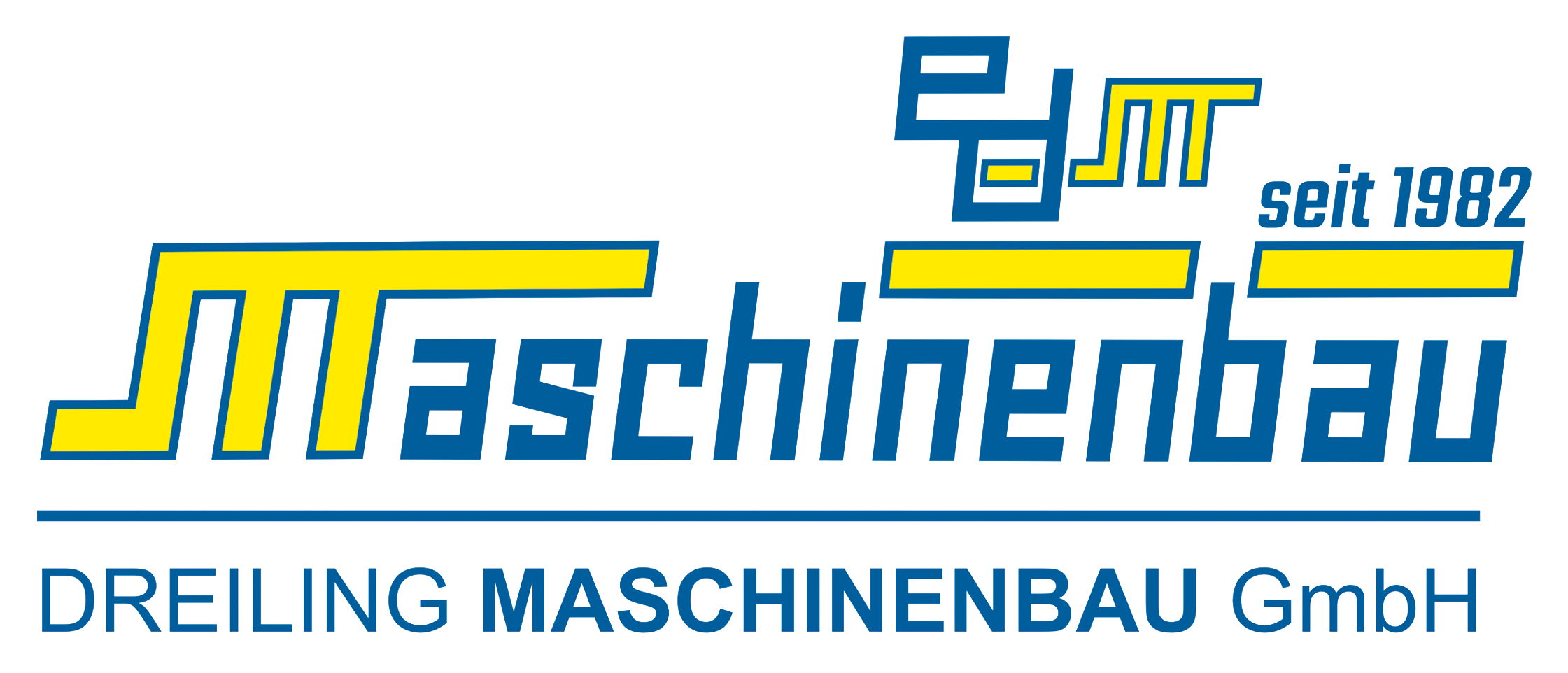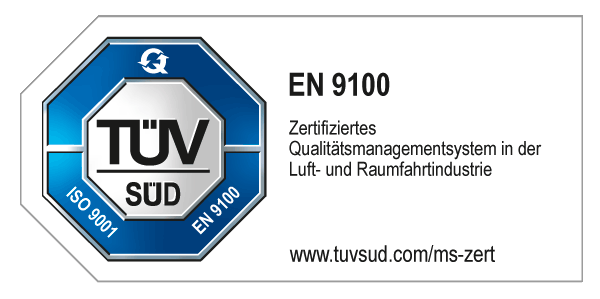Festooner / strip layer for nonwovens
Nonwoven fabric is a frequent companion in our everyday lives without us consciously noticing it. For example, it is used in hygiene products such as diapers. Or it ends up as an absorbent insert in plastic packaging trays for foods such as meat, fish and fruit. The MeatPads from our customer McAirlaid’s, for example, soak up meat juices and prevent the meat from swimming in its own juices. This reduces bacterial growth and keeps the product fresh for longer.
A machine designed and manufactured by Dreiling Maschinenbau GmbH provides the groundwork for the production of these MeatPads.
Our client:
McAirlaid’s, one of the leading producers of nonwovens and a specialist in absorption; Location: Berlingerode, Germany
The mission
We have designed, manufactured, assembled and commissioned a festooner/stripper as a preliminary stage for shipping. The task was to unwind fleece from a roll, cut it into strips, perforate it and then fold the fleece strips into a block so that this block can be dispatched. In this way, more material can be transported at once. This saves transportation costs.
The challenge
The challenge with this order was not in mechanical engineering, but in process development. Everything revolved around the key question: How does the cut nonwoven behave at what speeds? Nonwovens do not weigh much. If the machine speed is too high, it behaves uncoordinated like a flag in the wind. Over the course of several weeks, we made a lot of adjustments to determine the optimum processing speed, which also takes into account general conditions such as possible electrostatic charging.
Our solution
The festooner, which is around 16 meters long and four meters high, stands alone in McAirlaid’s machine line. An infeed device on the left feeds the nonwoven as raw material from the roll to a dancer accumulator for constant tension control. The material is then cut into uniform strips and perforated so that individual sections can be easily separated. The heart of the machine is the process in which the strips are laid into a nonwoven block. This block is then ready for dispatch.
We completed the festooner made of steel, aluminum and plastic within 18 months – from design to commissioning.


